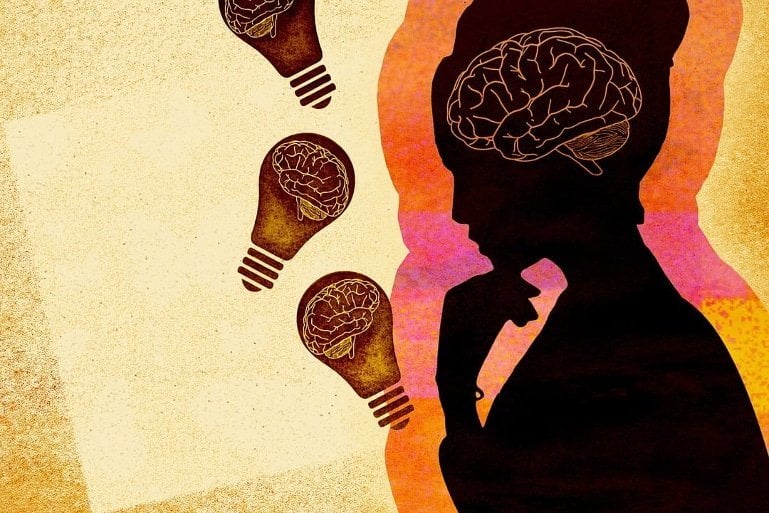Summary: Researchers explore the science behind memory and memory loss, including why forgetting things is a crucial part of memory formation.
Source: Boston College
Explaining the science behind memory and memory loss—including why forgetting is a crucial property of memory, as well as strategies that help people remember better—is the subject of a new book co-authored by Professor and Chair of Psychology and Neuroscience Elizabeth A. Kensinger.
In “Why We Forget and How to Remember Better: The Science Behind Memory,” Kensinger and Boston University Professor of Neurology Andrew E. Budson, M.D., examine how memories exist in the short term and how they get stored for longer-term access, Kensinger said.
The book explains how memory influences our behavior without our awareness, underscoring the fact that what and how we remember influences everything from our social relationships to the decisions we make on a daily basis.
“When most of us talk about our memory, we are referring to our ability to bring specific past events to mind,” said Kensinger.
“But memory is so much more than that, encompassing all the ways our past experiences influence our current thoughts and behavior.
“Everyone relies on memory, for everything from remembering how to type, to navigating a familiar environment, to remembering a favorite dish at a restaurant,” said Kensinger.
“Yet most of us are also surprised by how our memory works—sometimes we are pleasantly surprised by what we’ve managed to remember, and other times we are frustrated by what we’ve forgotten.”
Memory is an active and cyclical process, Kensinger said, analogous to building a structure out of blocks.
“As you experience an event, you’re representing different features of the event in different regions of the brain; one portion of your brain is representing the sounds, another the sights, another the emotions,” she said.
“A particular region of your brain, the hippocampus, is serving as the tape that binds those blocks together, and that stores the blueprints for how to later rebuild that memory structure.”
When we need to access that memory, we have to use the blueprints for that structure to actively rebuild memory, she said.
“Thinking of memory in this way can help to understand how memory errors and omissions can arise. It’s easy to grab an incorrect block, perhaps one that should be in another memory structure, or to omit a set of blocks that might change the overall structure or interpretation of a past event.”
Kensinger and Budson discuss memory as a cycle because, as individuals rebuild a memory, they’re likely to update it with current information—such as, has a friend changed their appearance by growing a beard, or cutting their hair? Once updated or modified, these revised blueprints are stored again.

“In this way, memory is a continually changing representation; it is not a static representation of the past,” said Kensinger.
At a time of increased attention to memory and brain health, Why We Forget examines a range of cognitive issues that affect people on a daily basis: changes that accompany normal aging, Alzheimer’s disease, depression, anxiety, PTSD, ADHD, and other disorders—including COVID brain fog.
As they incorporated their own findings, as well as the body of research on the subject, the co-authors were surprised to discover that memory is not really about the past.
“Memory can be thought of as a powerful source of data that the brain can use to make sense of the present moment and to make predictions about the future,” Kensinger said.
“Memory holds onto the features that are going to be the most useful pieces of data for the brain to use for these purposes. Most of the time, those features don’t include very specific details about an experience but rather are broader representations of the gist or general concept of what happened.”
“Why We Forget and How to Remember Better” offers evidence-based lessons and strategies readers can use to improve their memory, including:
- Ways to control what you remember and what you forget
- Ways to distinguish between a true and false memory
- Effective methods to study for an exam
- How exercise, nutrition, alcohol, cannabis, sleep, mindfulness and music affect memory
- How to remember people’s names, 50 digits of Pi and anything else you desire
“We hope that by reading this book, individuals will come to understand their memories in a broader way and will benefit from science-backed strategies to minimize unwanted forgetting,” said Kensinger.
About this memory research news
Author: Press Office
Source: Boston College
Contact: Press Office – Boston College
Image: The image is in the public domain







